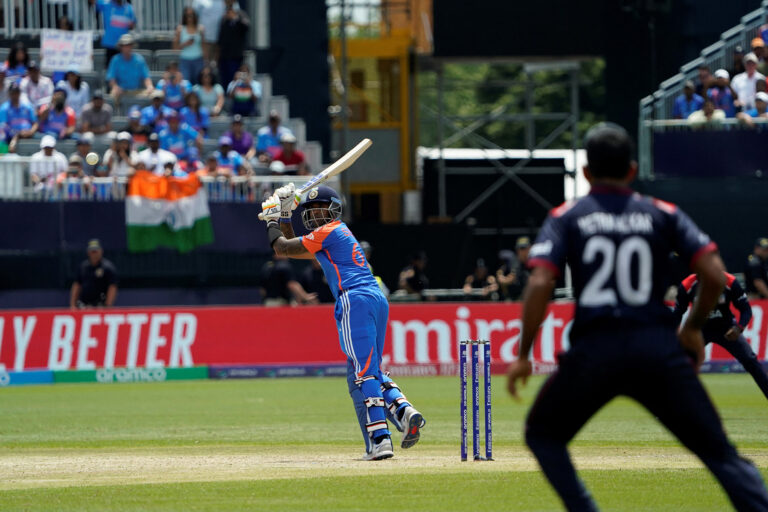The Dynamics of Cricket Leagues Around the World
Online Cricket ID, 11xplay: Cricket leagues have gained immense popularity around the world, attracting millions of fans and followers. These leagues provide a platform for players to showcase their skills and compete at a high level. From the Indian Premier League (IPL) to the Big Bash League in Australia, cricket leagues have become a staple in the international cricket calendar.
One of the key aspects of cricket leagues is the franchise-based system, where teams are owned by private entities or individuals. This model has led to the commercialization of the sport, with sponsors and advertisers playing a significant role in the success of these leagues. The format of the leagues varies, with some being played in the T20 format, while others follow the traditional ODI or Test format, catering to different preferences of fans and players alike.
History and Evolution of Cricket Leagues
Cricket leagues have a rich history dating back to the 19th century, with the formation of the County Cricket Championship in England in 1890 marking a significant milestone. This inaugural league set the foundation for organized cricket competitions and paved the way for the development of various leagues around the world. The concept of leagues proliferated globally, with countries like Australia, India, and the West Indies establishing their own domestic competitions over the years.
The evolution of cricket leagues over time has been marked by a shift towards franchise-based models, particularly in the T20 format. The inception of the Indian Premier League (IPL) in 2008 revolutionized the cricketing landscape by introducing a franchise system that combined sports with entertainment on a grand scale. This innovation not only attracted top international talent but also garnered a massive fan following, setting a new standard for cricket leagues worldwide.
Structure of Cricket Leagues
Cricket leagues around the world vary in their structures, but they typically consist of multiple teams competing against each other in a series of matches. Each league may have its own format, such as round-robin tournaments, knockout stages, or a combination of both. Teams earn points for wins, ties, or other achievements, and the standings are updated accordingly.
The number of teams in a cricket league can range from a few to several dozen, depending on the size of the competition. Some leagues may have promotion and relegation systems in place, where teams move between different divisions based on their performance. Additionally, certain leagues may have salary caps or restrictions on the number of foreign players allowed in each team to ensure fair competition.






